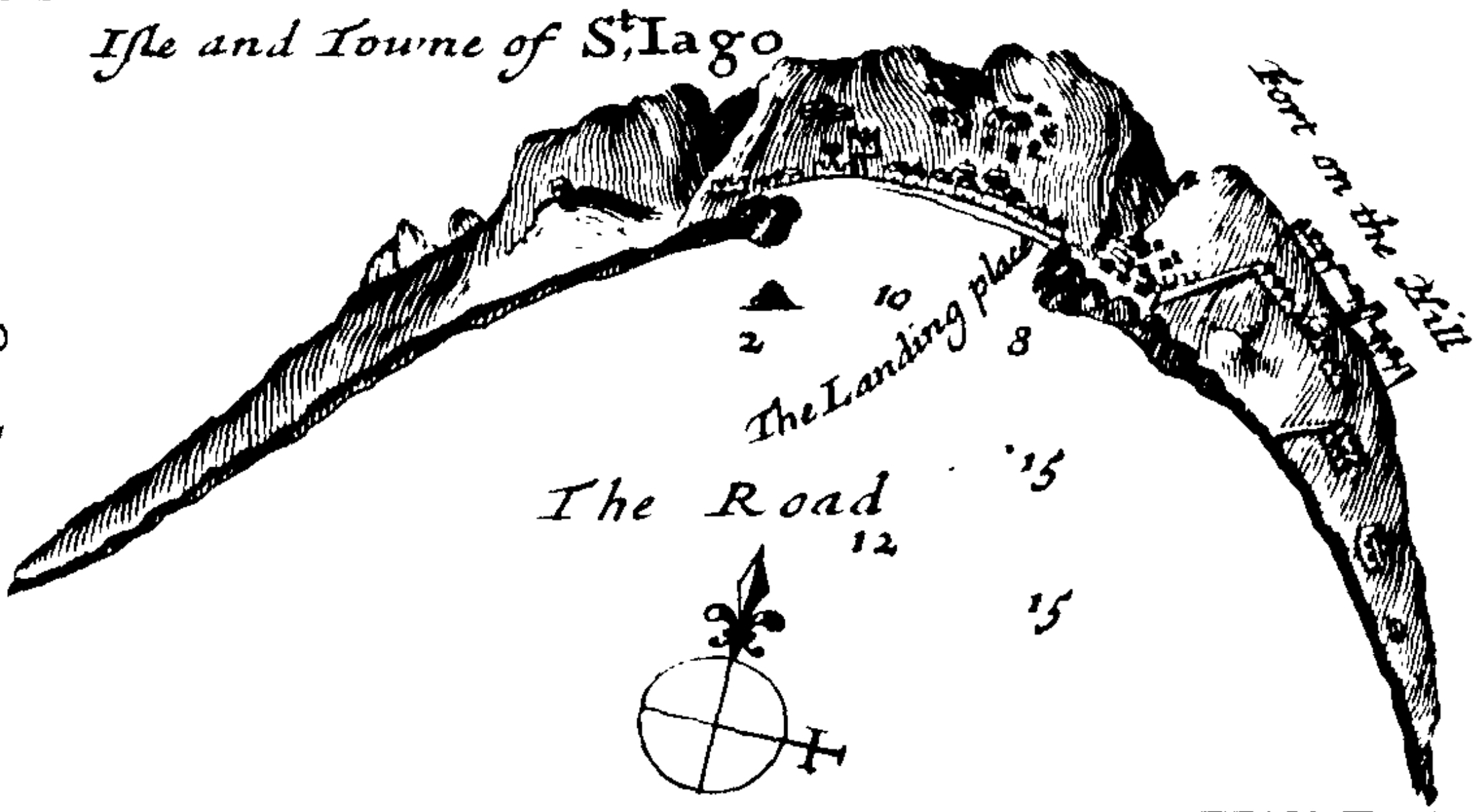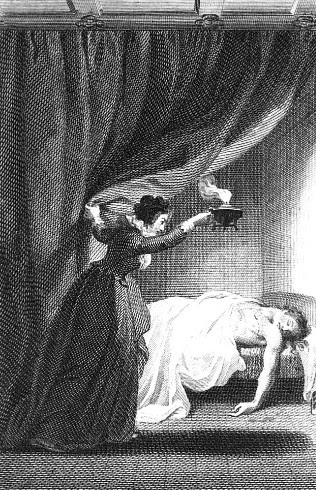Dangers Near and Far
Dangers Near and Far: Narrative Positions in Science, Seafaring, and the Novel, 1660-1860
My book project, Dangers Near and Far: Narrative Positions in Science, Seafaring, and the Novel, 1660-1860, introduces a new narratological concept, narrative position, and corresponding method, positional reading. Positional reading works by asking where a story is told from; narrative position is the answer to that question. I show how this method can connect narrative with knowledge and geography by linking narrative position to epistemic position and spatial position.
I model this method through a literary history of the virtual position: a highly mobile, disembodied vantage that conveys observations detached from any person or group of people, yet which remains limited to uncertain judgments about appearances rather than perfect knowledge of what is there. The virtual position is signaled by features including the passive voice, subjunctive mood, nominalizations, and an emphasis on objects. It is closely related to scientific objectivity and especially prevalent in contemporary scientific writing. I show how this position developed in relation to other narrative positions across British scientific writing, maritime literature, and prose fiction from 1648 to 1859.
My guiding argument is that the virtual position consolidated as a way to manage the large-scale dangers of expanding overseas empire, those terrifying threats to survival that lurked obscurely somewhere between the near and the far. Key authors include Robert Boyle, William Dampier, Daniel Defoe, Samuel Richardson, Charlotte Smith, Ann Radcliffe, and Charles Darwin, as well as other Royal Society natural philosophers, seafarers, and novelists.


\
Images from A Voyage to New Holland by William Dampier (1703) and The Mysteries of Udolpho by Ann Radcliffe (1794; image from 1806 edition)